3D Printer Enclosures – Is There A Downside?
Our Ender 3 lives in a Creality enclosure, which you might remember me reviewing a while ago. It’s a great enclosure, and I’m very pleased with it. It’s sturdy, has plenty of room for the 3D printer and a couple of rolls of filament, and has all the flaps and cable openings you could ask for. But could it also cause print problems?
What’s Going On Inside Your Enclosure?
Putting your 3D printer in an enclosure has all sorts of benefits. It protects the printer from dust, which can be fiddly to clean off and will eventually start jamming things if you don’t. It kills a lot of the noise. It keeps smelly and potentially unhealthy fumes inside, so you don’t have to breathe them in. It collects all those little bits of filament and plastic that seem to accumulate, and stops them migrating all over the house. Most of all, though, it traps heat and protects your printer from sudden temperature changes that can warp or distort your prints. For some filaments this can make the difference between high-quality prints and a messy failure.
Temperature-Sensitive Filaments
The most common 3D printer filament is PLA, which prints at relatively low temperatures. Most 3D printing guides will tell you that you don’t actually need 3D printer Enclosures for PLA, and this is technically correct – you’ll probably still get pretty good results without one. On the other hand enclosures have all the other benefits I listed, and personally I’d use one even if I only ever printed with PLA.
Some other filaments are nowhere near as tolerant as PLA. For example, ABS is notoriously sensitive to temperature; if it isn’t printed onto a heated bed, and then allowed to cool relatively slowly, it’s prone to serious warping. Nylon is another one that likes to be kept warm as it prints, and more exotic materials like polycarbonate also need temperature control.
Can Things Be Too Warm?
So you definitely need an enclosure if you want to print ABS or other higher-temperature materials, but if you’re working with PLA is it possible that an enclosure could actually be a bad thing? Yes, in fact it is. If the temperature around your printer is too high, and printed layers are cooling too slowly, that can cause some serious issues. For weird reasons that I don’t even pretend to understand, if the top layer of PLA is too hot the next layer will have trouble sticking to it. Unsupported sections that would normally be fine can sag, as more layers are added and lower ones buckle under the weight. In extreme cases layers can just collapse. With PLA, overheating inside an enclosure is a real risk.
What I’ve found is that in winter the Ender 3 has no issues with 3D printing PLA inside the zipped-up enclosure. In summer, however, it can get a little warm in my office and print quality starts to fall off noticeably – the main issue I get is excessive stringing, but things can occasionally get saggy as well. Luckily there’s a simple solution; I just unzip the front of the enclosure and throw the flap on top, and roll up the side panel. That lets enough air in to hold the temperature down. When I’m not printing I seal the enclosure again to keep dust out and bits of plastic in.
3D printing is definitely still at least as much art as science; if you want the best possible prints, tinkering and experimentation is a must. Have you found any unsuspected problems with 3D printer Enclosures – and, if so, how did you solve them? Let us know in the comments!


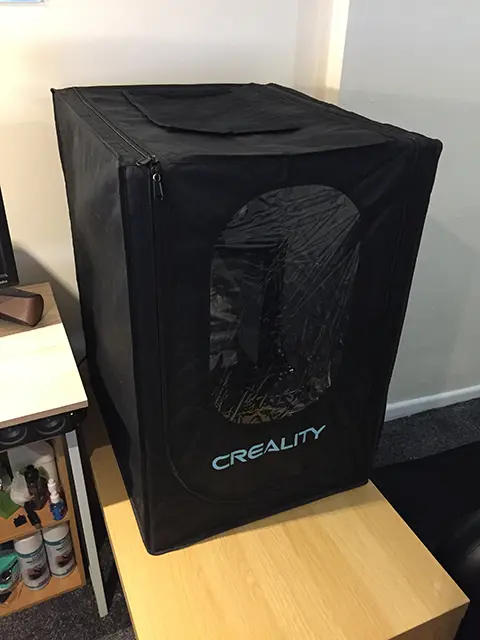
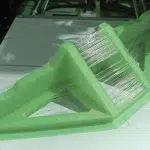

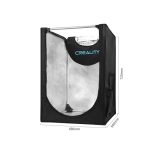
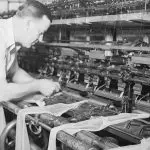
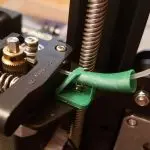

Leave a comment
You must be logged in to post a comment.